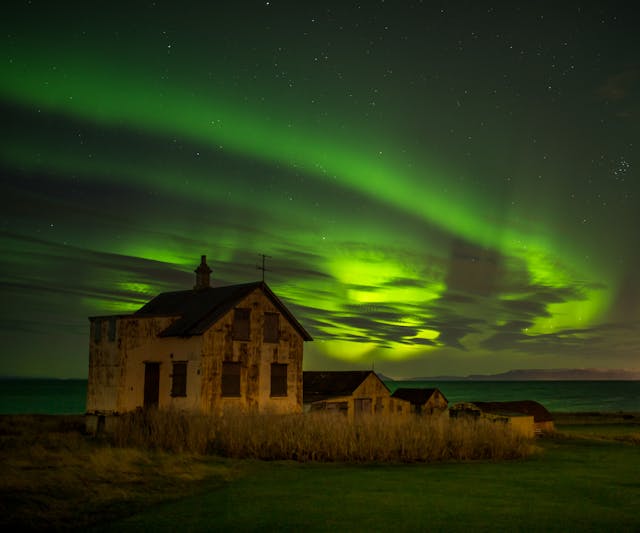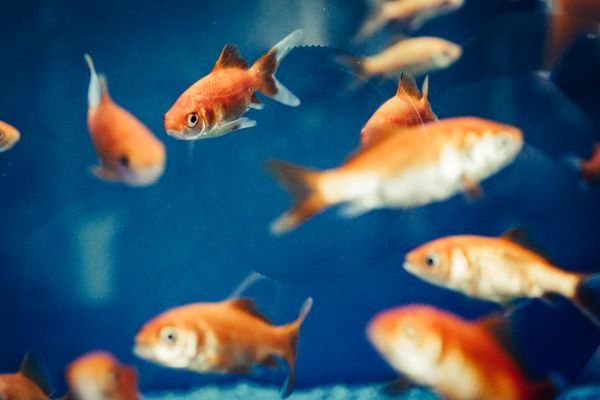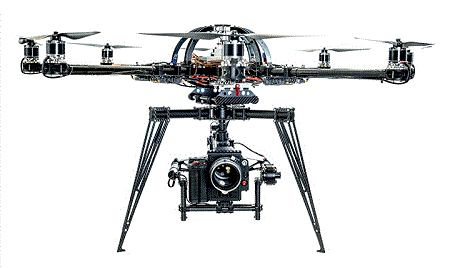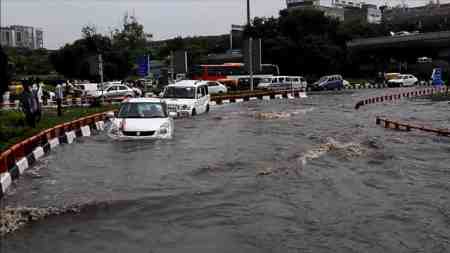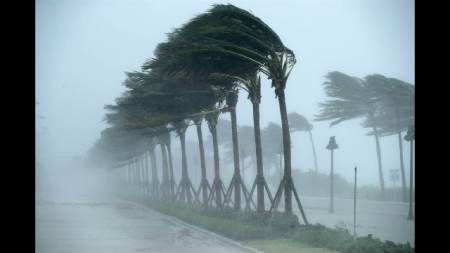The Colaba Research Centre of the Indian Institute of Geomagnetism (IIG) was officially inaugurated by Professor Abhay Karandikar, Secretary of the Department of Science and Technology (DST).
The historic site, which houses ancient equipment has recorded geomagnetic data and documented geomagnetic storms over the years, contributing to India’s scientific exploration history.
As one of India’s oldest observatories, this research centre is located at a significant site where the first regular geomagnetic field observations in India were conducted. The centre aims to digitize over 180 years’ worth of archived data from the Colaba geomagnetic observatory.
This digitization will utilize modern techniques to provide insights into historical geomagnetic storms, all while operating within a heritage building staffed by nine personnel.
The efforts at the centre will establish benchmarks for predicting future geomagnetic storm occurrences. Additionally, it will engage in research related to space weather and associated fields.
The Colaba geomagnetic observatory began continuous magnetic observations in 1841, maintaining a data record for more than 180 years. Dr. Nanabhoy Moos, the first Indian Director of the observatory, compiled this magnetic data into a globally recognized volume known as the Moos Volume, which is essential for studying historical geomagnetic phenomena.
The observatory preserves its magnetic data through various formats, including magnetograms and microfilms. It notably recorded India’s only account of the Super-intense Carrington event that occurred from September 1 to 2, 1859, during which the magnetic field dropped by 1600 nT.
Furthermore, the centre provides real-time geomagnetic field variations to international geomagnetic databases.
Professor A.P. Dimri, Director of IIG, discussed the institute’s various activities, including research on Earth’s geomagnetic protective shield, wave-particle interactions in the magnetosphere, lake sediment core collections, and integrated geophysical studies in the northeastern Himalayan region.
Established in 1971 as an autonomous institution under DST, IIG succeeded the Colaba Observatory and is committed to both basic and applied research in geomagnetism and related disciplines such as geophysics and atmospheric physics. It operates 13 magnetic observatories across India and hosts a World Data Center for Geomagnetism that maintains extensive geomagnetic data.
Research conducted at IIG has significant societal implications, contributing to fields such as space weather forecasting and environmental monitoring while enhancing our understanding of Earth’s magnetic field.
- Press release

